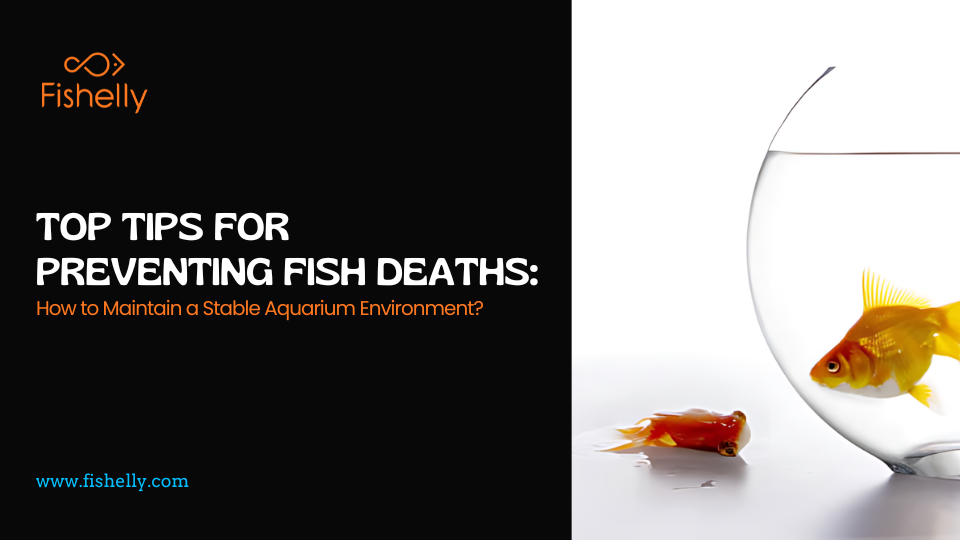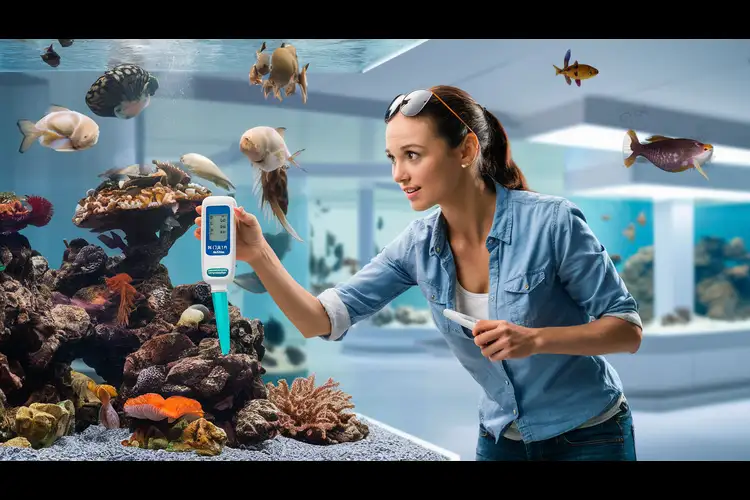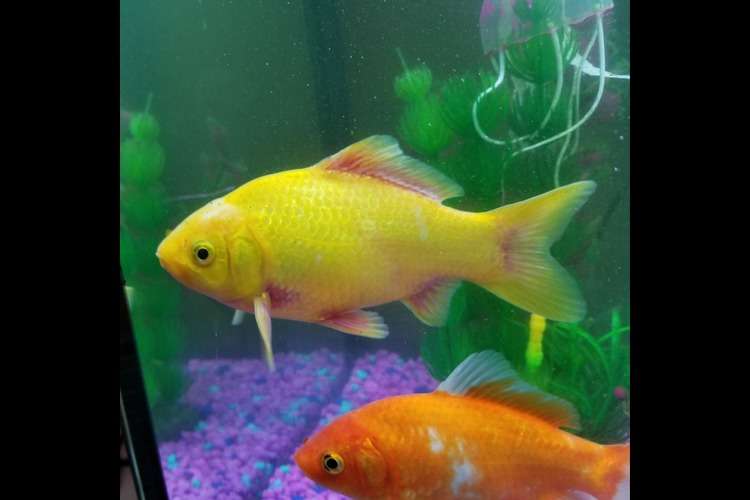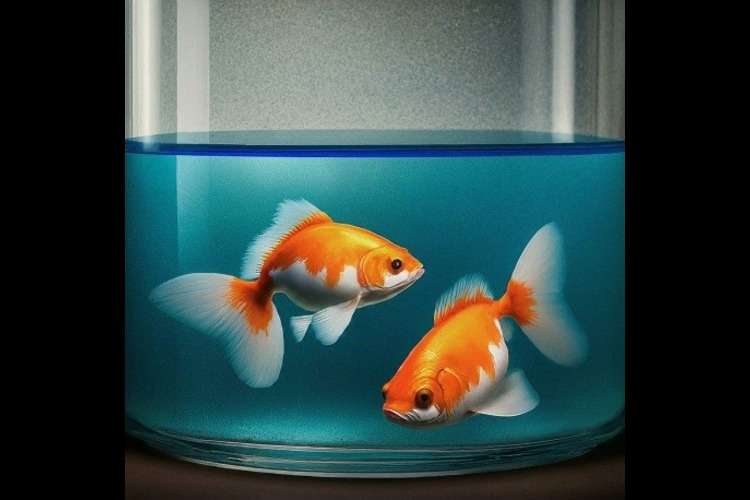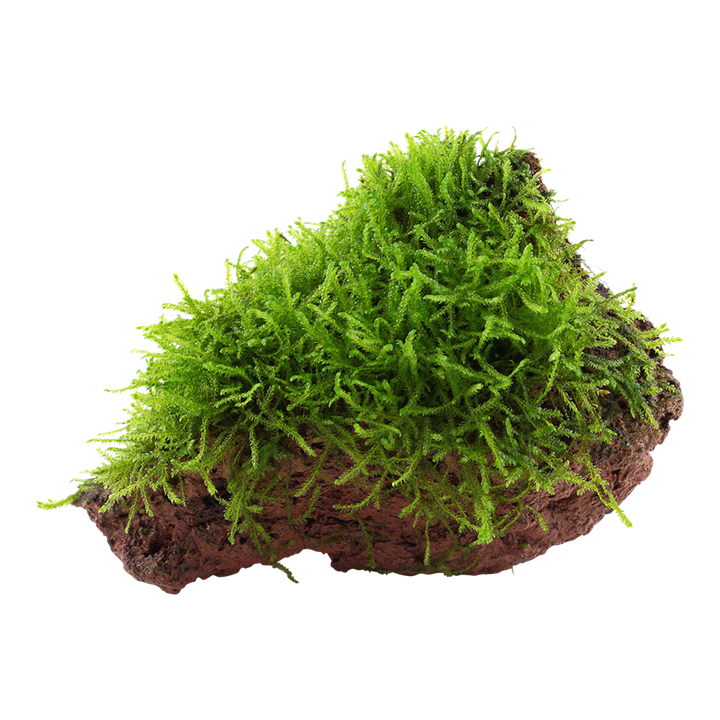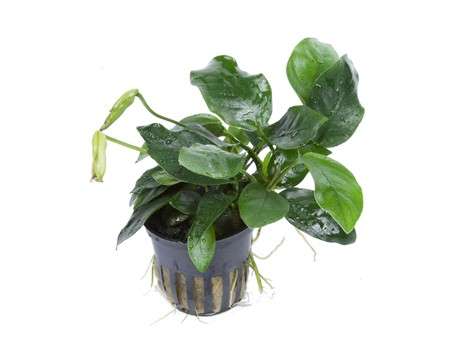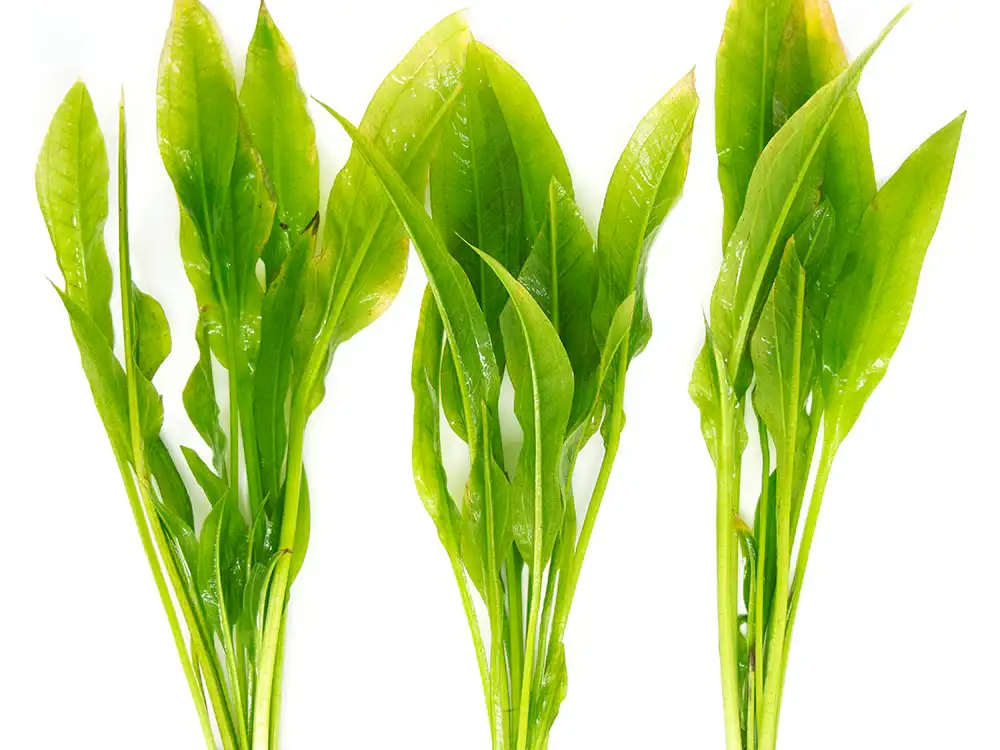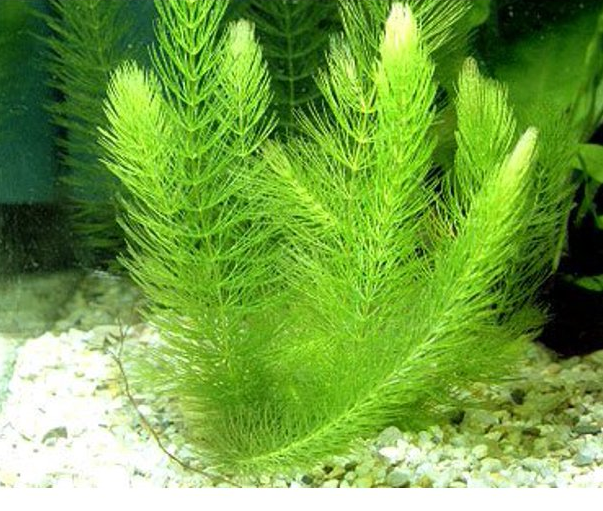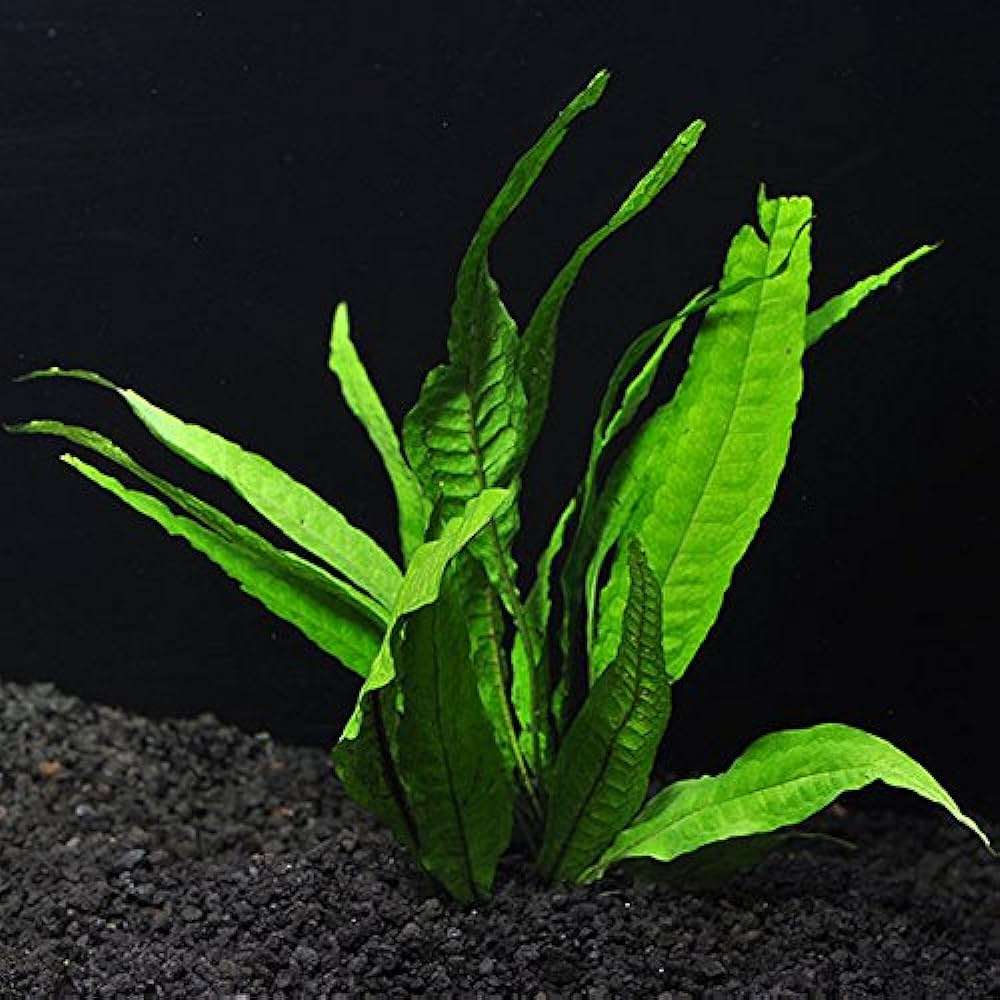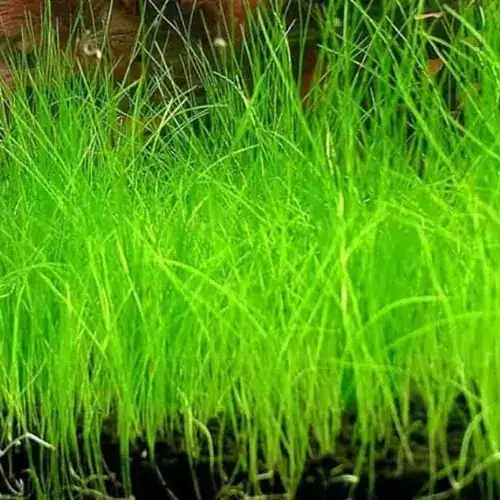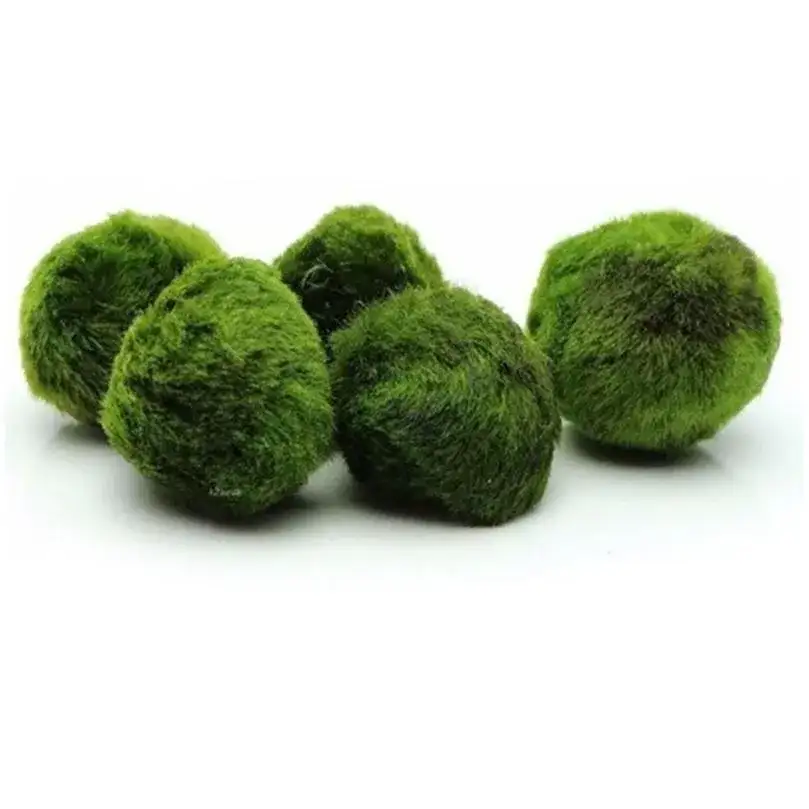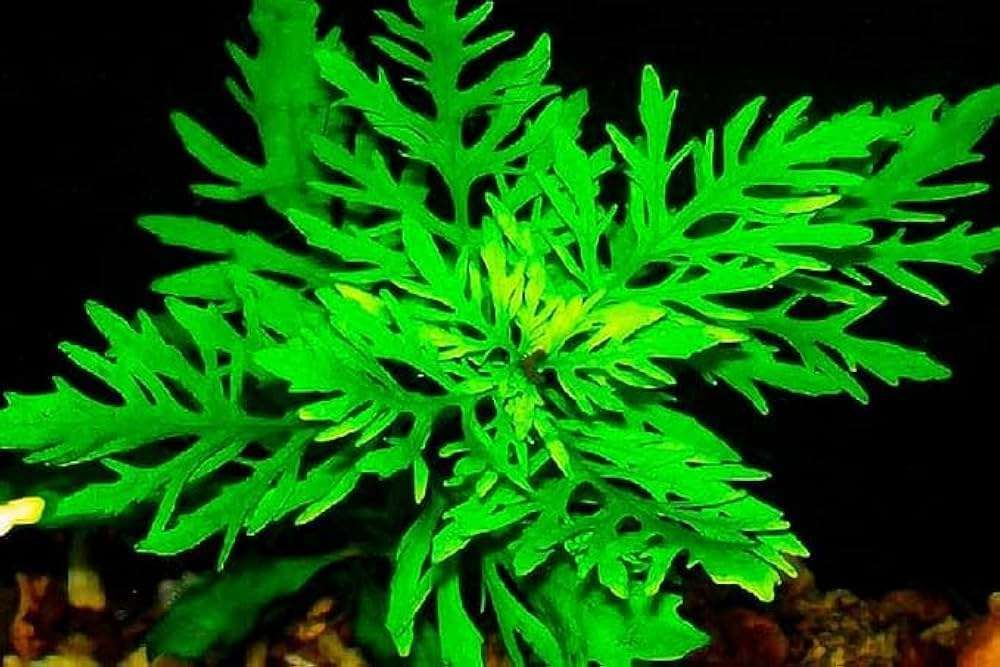How to Prevent Fish Deaths: Top Tips for a Stable and Healthy Aquarium
Maintaining a healthy and stable aquarium environment is essential for the well-being of your fish. As any experienced aquarist will tell you, creating the right conditions in your tank is the foundation of preventing fish deaths.
However, It is not that simple as it sounds. Fish are sensitive creatures that rely on stable water conditions, proper nutrition, and a peaceful environment to thrive. In this blog, we’ll explore the top tips for preventing fish deaths by maintaining a stable and healthy aquarium environment.
Top 10 Fish Tank Stability Tips
1. Monitor Water Quality Consistently
Water quality is the single most important factor in keeping your fish healthy. Poor water conditions can lead to stress, disease, and ultimately, death. For keeping aquarium fish alive you need to monitor your fish tank waster’s ammonia, nitrites, pH levels, and water hardness. When these parameters are out of balance, they can create a toxic environment for your fish.
To prevent fish deaths, regularly test your water using a reliable water testing kit. Ammonia and nitrites should be at zero, while nitrates should be kept as low as possible, ideally under 20 ppm. pH levels should remain stable and appropriate for the species of fish you are keeping, as some fish prefer acidic conditions while others thrive in alkaline water. To maintain water quality, you need to change it frequently. Changing 10-25% of the tank water weekly can help remove toxins, reduce nitrates, and replenish essential minerals.
In addition to water changes, ensure your filtration system is functioning correctly. The filter helps remove waste, debris, and excess food that can break down and release harmful toxins into the water. Clean or replace filter media as needed to keep the system running efficiently.
2. Avoid Overfeeding Your Fish
Overfeeding is a common mistake that can have severe consequences for your fish’s health. Excess food that goes uneaten sinks to the bottom of the tank and begins to decompose, releasing ammonia and other toxins into the water. This not only contributes to poor water quality but also leads to algae growth and potential bacterial blooms that can harm your fish.
To prevent this, feed your fish only what they can consume within a few minutes, once or twice a day. Different species have different dietary needs, so it’s essential to research the specific feeding requirements of your fish. If you’re unsure about portion sizes, it’s better to underfeed slightly than overfeed. You can always offer a little more food later if needed, but cleaning up uneaten food is much more challenging and can quickly lead to water quality issues.
3. Choose the Right Tank Size
The size of your aquarium plays a crucial role in maintaining a stable environment. A tank that is too small for the number of fish you have can lead to overcrowding, which in turn causes stress, aggression, and increased waste production. Overstocked tanks are more challenging to maintain, as they require more frequent water changes and filtration to keep up with the bioload.
When choosing a tank, consider the adult size of your fish and their social behavior. Larger fish need more space, while some species require specific conditions to thrive, such as schools or hiding spots. A good rule of thumb is to allow at least one gallon of water per inch of fish, though this can vary depending on the species and setup. Providing your fish with ample space to swim and explore reduces stress and promotes natural behaviors, which contributes to their overall health and longevity.
4. Maintain Stable Water Temperature
Temperature fluctuations are another common cause of stress and illness in fish. Fish are ectothermic animals which means their body temperature is regulated by their environment. Sudden changes in water temperature can shock their systems, weaken their immune responses, and make them more susceptible to diseases such as Ich or fin rot.
To prevent this, invest in a reliable aquarium heater with a thermostat to keep the water temperature consistent. The ideal temperature will depend on the species you are keeping, so research the specific requirements of your fish. For tropical fish, temperatures generally range between 75°F and 80°F (24°C to 27°C), while cold-water species like goldfish may thrive in cooler water.
It’s also important to place your aquarium in a location away from direct sunlight, drafts, and heating or cooling vents, as these can cause temperature fluctuations. You can use a thermometer to monitor the fish tank’s water temperature regularly and make adjustments as needed.
5. Provide Proper Filtration and Aeration
Filtration and aeration are critical components of a healthy aquarium environment. A good filtration system removes physical debris, breaks down harmful chemicals, and supports beneficial bacteria that help keep the tank's ecosystem balanced. Without proper filtration, toxins such as ammonia and nitrites can accumulate to dangerous levels, leading to stress and fish deaths.
Mechanical, chemical and biological are three main types of filtration. Mechanical filtration removes debris like uneaten food and waste, chemical filtration helps remove toxins and impurities, and biological filtration supports the growth of beneficial bacteria that break down harmful compounds. A well-balanced filtration system should incorporate all three types.
Aeration is equally important, as it ensures there is enough oxygen in the water for your fish to breathe. Oxygen levels can be affected by factors such as temperature, water movement, and stocking levels. Air pumps, air stones, and surface agitation created by filters can help increase oxygen levels in the tank.
6. Quarantine New Fish
Introducing new fish to an established aquarium without proper quarantine can introduce diseases and parasites that can spread rapidly to your entire tank. Even if new fish appear healthy, they can carry pathogens that can infect your existing fish population. Quarantining new fish before adding them to your main tank is an essential step in preventing fish deaths.
Set up a separate quarantine tank where you can observe new fish for at least 2-4 weeks. During this time, monitor them for any signs of illness, such as white spots, fin rot, or unusual behavior. If any issues arise, you can treat the fish in the quarantine tank without risking the health of your other fish. Once the quarantine period has passed and the fish show no signs of illness, it’s safe to introduce them to your main tank.
Quarantine tanks can also be used to isolate sick fish from your main aquarium, preventing the spread of disease while allowing for targeted treatment.
7. Minimize Stress and Aggression
Stress is one of the leading causes of illness in fish, and minimizing stressors in the aquarium is crucial for their health. Stress can be caused by various factors, including poor water quality, overcrowding, aggressive tank mates, and sudden changes in the environment.
To create a stress-free environment, ensure that your tank is appropriately sized and stocked with compatible species. Some fish are territorial or aggressive and may not do well with other species. If you want to avoid conflicts then do proper research on their social behavior. Additionally, provide plenty of hiding spots and decor to allow fish to establish territories and feel secure. Plants, caves, and rocks can help reduce stress by offering places for fish to retreat and hide.
It’s also important to avoid sudden changes to the tank environment, such as rapid water changes, rearranging decor, or adding new fish without proper acclimation. Gradual changes are less likely to cause stress and help maintain a stable environment.
8. Ensure Proper Nutrition
A well-balanced diet is essential for maintaining fish health and preventing illness. Different species of fish have different dietary needs, so it’s important to research the specific nutritional requirements of your fish. Providing a varied diet that includes high-quality commercial food, live or frozen foods, and vegetables can help ensure that your fish receive all the nutrients they need to thrive.
Overfeeding can lead to obesity, digestive issues, and poor water quality, while underfeeding can result in malnutrition and weakened immune systems. Feed your fish in small amounts once or twice a day, and remove any uneaten food after a few minutes to prevent it from decomposing in the tank.
In addition to providing the right food, ensure that your fish have access to a stable environment that supports their nutritional needs. Clean water, proper lighting, and a stress-free environment all contribute to healthy digestion and overall well-being.
9. Perform Regular Tank Maintenance
Regular tank maintenance is essential for preventing fish deaths and ensuring a healthy environment for your aquatic pets. Over time, waste, uneaten food, and other debris accumulate in the tank, leading to poor water quality and an increased risk of disease. Performing routine maintenance helps keep the water clean, the filtration system functioning properly, and the overall environment stable.
One of the most critical aspects of tank maintenance is performing regular water changes. Changing 10-25% of the water on a weekly or bi-weekly basis helps remove harmful toxins like nitrates and ammonia while replenishing essential minerals that your fish need to stay healthy. During water changes, it's also important to vacuum the substrate to remove debris and uneaten food that has settled at the bottom of the tank. This prevents the buildup of harmful bacteria and reduces the risk of diseases caused by poor water quality.
In addition to water changes, regularly clean the tank’s glass, decorations, and plants to prevent algae growth. Regular maintenance not only keeps the tank looking its best but also provides a stable environment that supports the health and well-being of your fish.
10. Acclimate New Fish Properly
Sudden changes in water temperature, pH, or salinity can shock fish, leading to stress, illness, or even death. To prevent this, it's essential to acclimate new fish slowly and carefully to help them adjust to their new environment.
The most common method of acclimation involves floating the bag containing the new fish in the aquarium for 15-30 minutes to equalize the temperature. After this, slowly add small amounts of tank water to the bag over the course of another 30-60 minutes. This gradual process helps the fish adjust to the new water chemistry and temperature, reducing the risk of shock.
For more sensitive species, the drip acclimation method may be preferred. This involves using an airline tube to slowly drip water from the tank into the bag over a longer period, ensuring an even more gradual adjustment. Regardless of the method you choose, proper acclimation is key to reducing stress and ensuring a smooth transition for new fish into their new home.
By incorporating these two additional tips—regular tank maintenance and proper acclimation—you can further enhance your ability to prevent fish deaths and create a stable, healthy aquarium environment.
Conclusion: A Stable Environment is Key to Preventing Fish Deaths
Preventing fish deaths starts with creating and maintaining a stable environment in your aquarium. By consistently monitoring water quality, avoiding overfeeding, providing proper filtration and aeration, and minimizing stressors, you can create a healthy, thriving ecosystem for your fish. Quarantining new fish and ensuring proper nutrition are also essential steps in preventing illness and maintaining a stable environment.
With careful attention to detail and a commitment to regular maintenance, you can enjoy a beautiful and healthy aquarium while ensuring the well-being of your fish. A stable environment not only prevents fish deaths but also enhances the overall experience of fishkeeping, allowing you to enjoy the tranquility and beauty that an aquarium can bring to your home.
